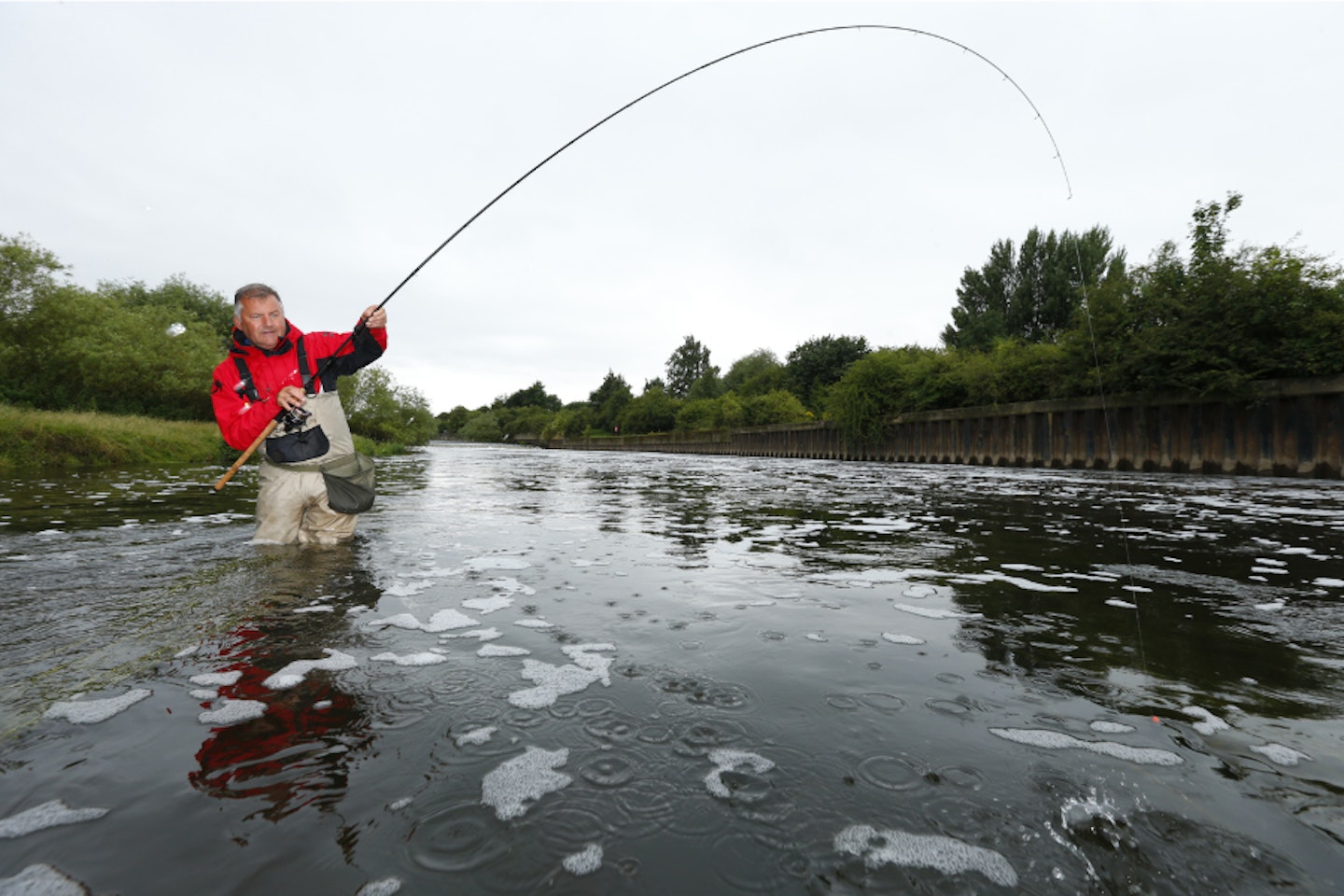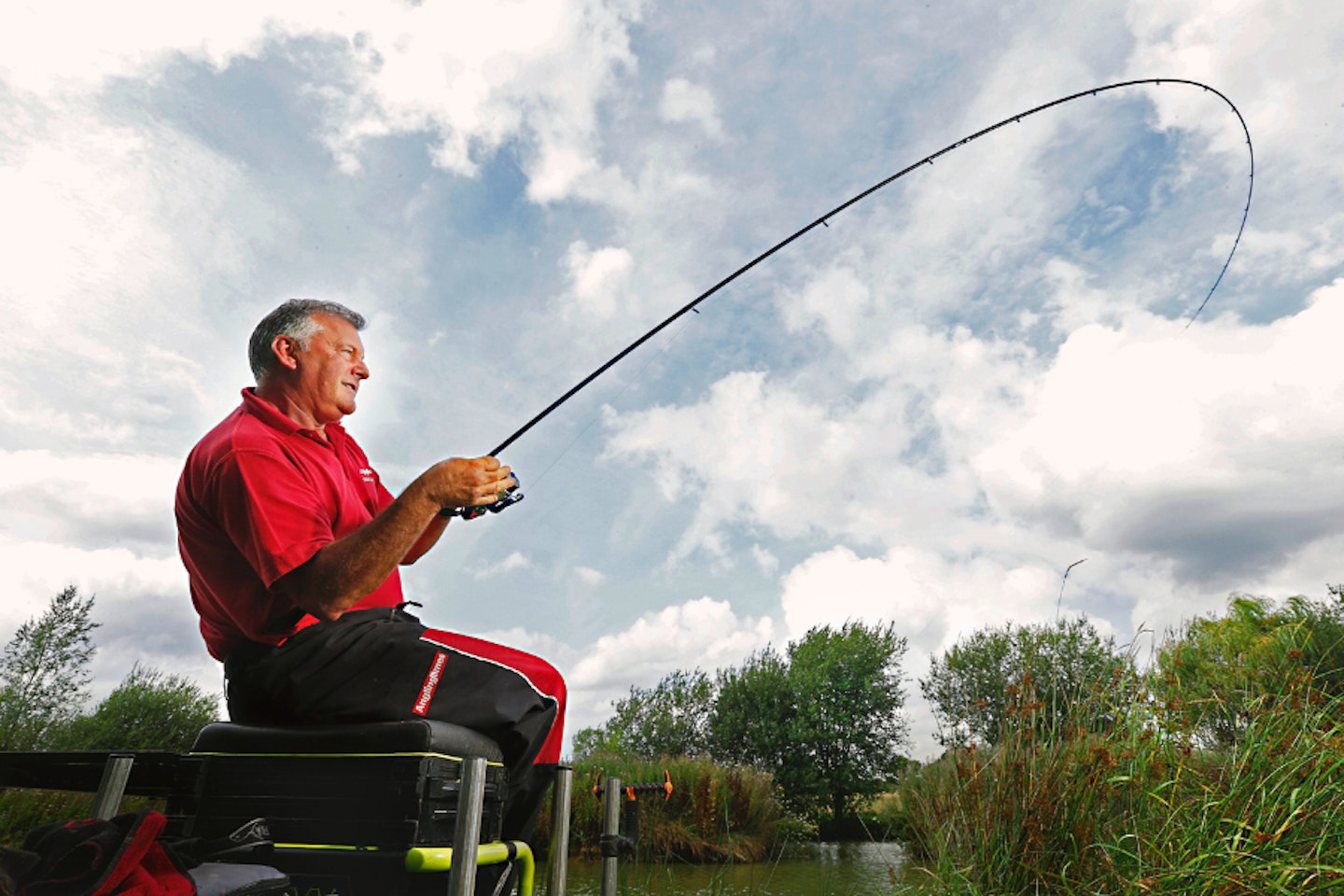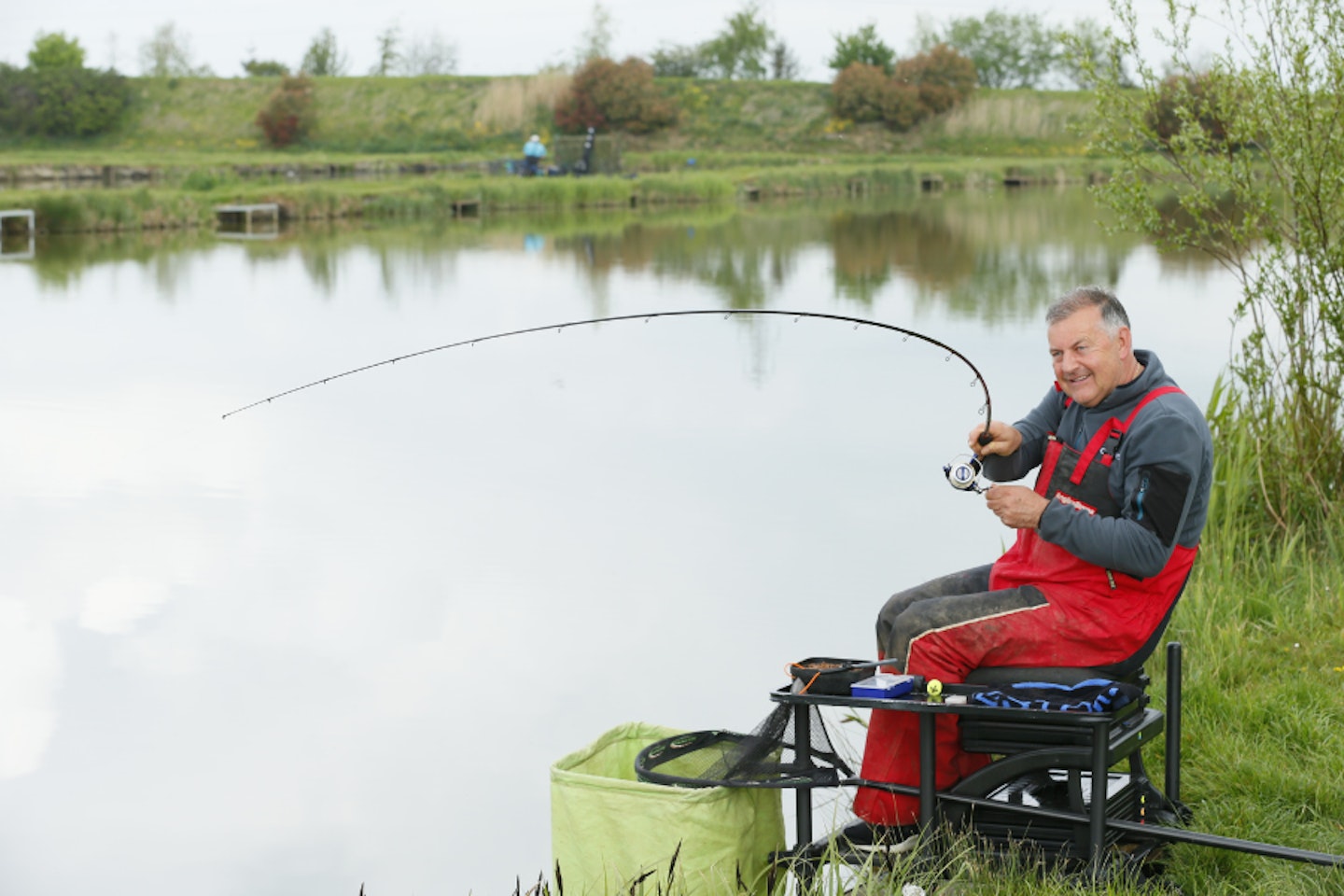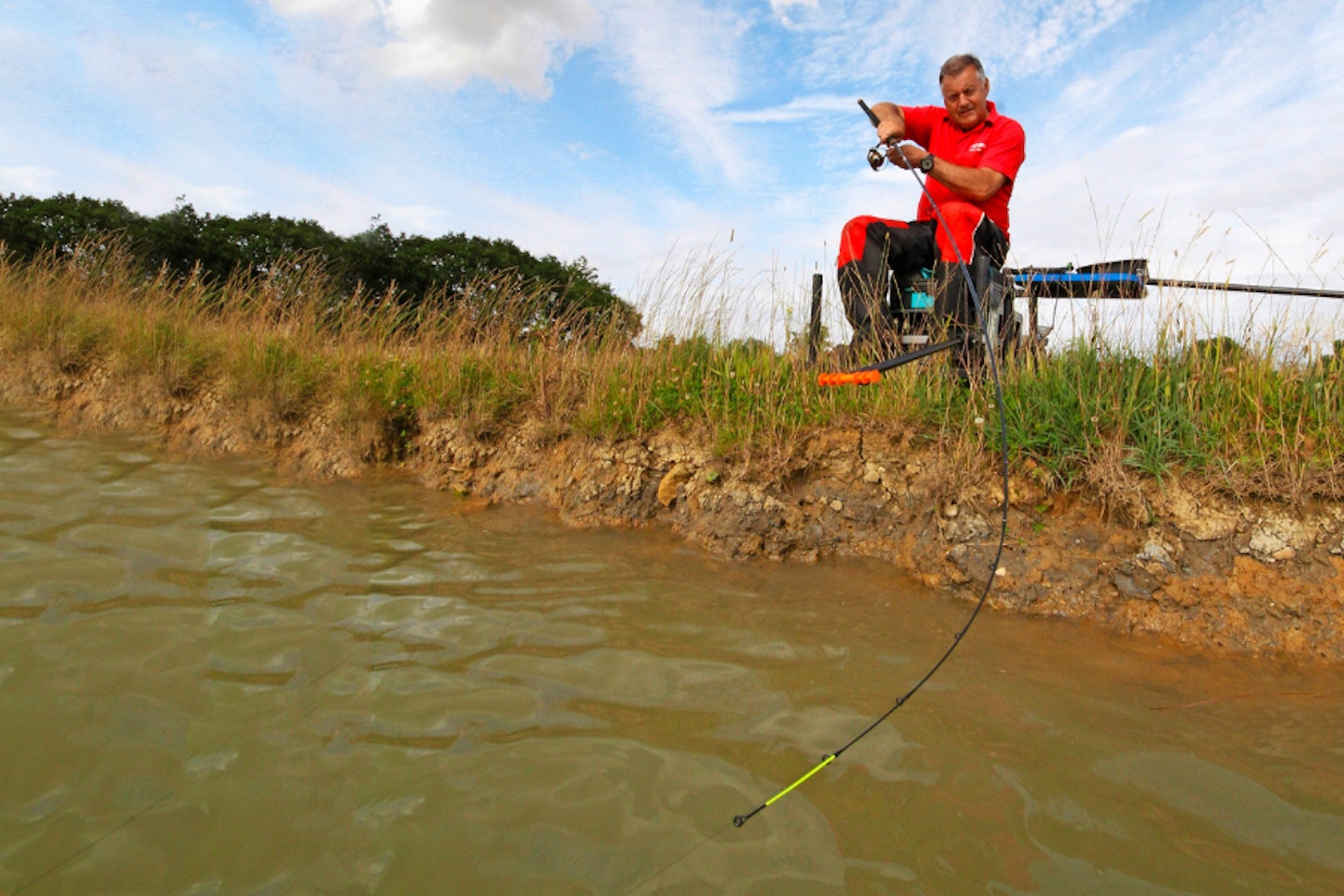Ever wondered why some rods bend to the butt and others feel like broom handles with a reel seat? That’s the rod action, not some jargon, or marketing, but the actual way the carbon responds under pressure. It’s what gives a rod its character. Understanding it, isn’t just for tackle tarts or gear geeks, it’s the first step to picking the right tool for the job.
Whether you’re underarming a lure to an overhanging bush for perch or flinging a method feeder to the horizon, to battle angry carp, the right rod makes a huge difference. In this article I’ll highlight what each action means, and how understanding the type of action, can help you confidently pick your next rod and be able to get the very best out of it.
CHECK OUT OUR PICKS OF THE BEST FISHING RODS.

Rod action
A rod’s action describes how it loads up and plays the fish, in plain terms, how and where it bends when you put it under strain. To achieve the desired casting action or fish playing action the rods are designed to act in a certain way and they can simply be put into three broad categories to give an insight to how the action characterises the rod.
- Fast action rods bend mostly at the tip.
- Through action rods curve all the way from tip to butt.
- A slow, progressive action gradually bends through to the butt the more pressure the blank Is under.
Then there’s everything in between. The action directly affects how the rod casts, how it plays fish, and how it handles different tactics. Get it right, and the rod helps you, get it wrong, and you’re wrestling with it.
THE BEST SHORT FEEDER RODS ARE PERFECT FOR COMMERCIAL FISHERIES.

Fast or ‘tippy’ action
A fast action rod bends mainly in the tip, that top third, while the rest of the blank stays firm, giving you a crisp, snappy cast.
They’re ideal for casting light floats and wagglers, or short accurate chucks with a lure, and will help you hit bites that are fast and aggressive.
They aren't the most forgiving rods though, particularly under the rod tip or with softer-mouthed fish, they can be a bit too stiff, especially if you’re heavy handed. A lot of it depends on the carbon quality too. A cheaper fast action rod can feel a bit stiff and lifeless, while a better one, using higher-grade carbon, recovers quicker, casts accurately, and just feels more alive in the hand.
ALL GOOD RODS NEED THE BEST FISHING REELS.

Through or parabolic action
Through action rods bend from tip right down to the butt. They don’t fight you, they work with you, soaking up every kick and lunge a fish throws your way. Perfect for lighter lines, smaller hooks, and situations where finesse matters more than power.
The drawback? You lose a bit of oomph on the cast. These rods aren’t built for blasting feeders to the far bank, they’re more about control and cushioning hook holds, but again, the grade of carbon makes a big difference. A well-made through action rod with quality carbon can still cast surprisingly well and feel light in the hand, where a cheap one might feel floppy.
BE COMFORTABLE WHEN BENDING INTO A FISH WITH THE BEST FISHING SEATBOXES.

Slow or progressive action
A progressive action starts out like a fast tip rod under light load, bend it more and the curve travels smoothly down the blank. It adapts to what you’re doing, which makes it ideal for a variety of fishing tactics. You can flick a feeder with accuracy, but when a bigger fish takes off, the rod keeps bending and cushions the fight and the hook hold.
Most modern commercial feeder rods sit here, quick to recover on the cast and smooth and reactive when playing fish. The blank will recover quicker, the balance will be better, and it’ll feel lighter but stronger.
CHECK OUT OUR PICK OF THE BEST PELLET WAGGLER RODS IN THIS BUYERS GUIDE.

